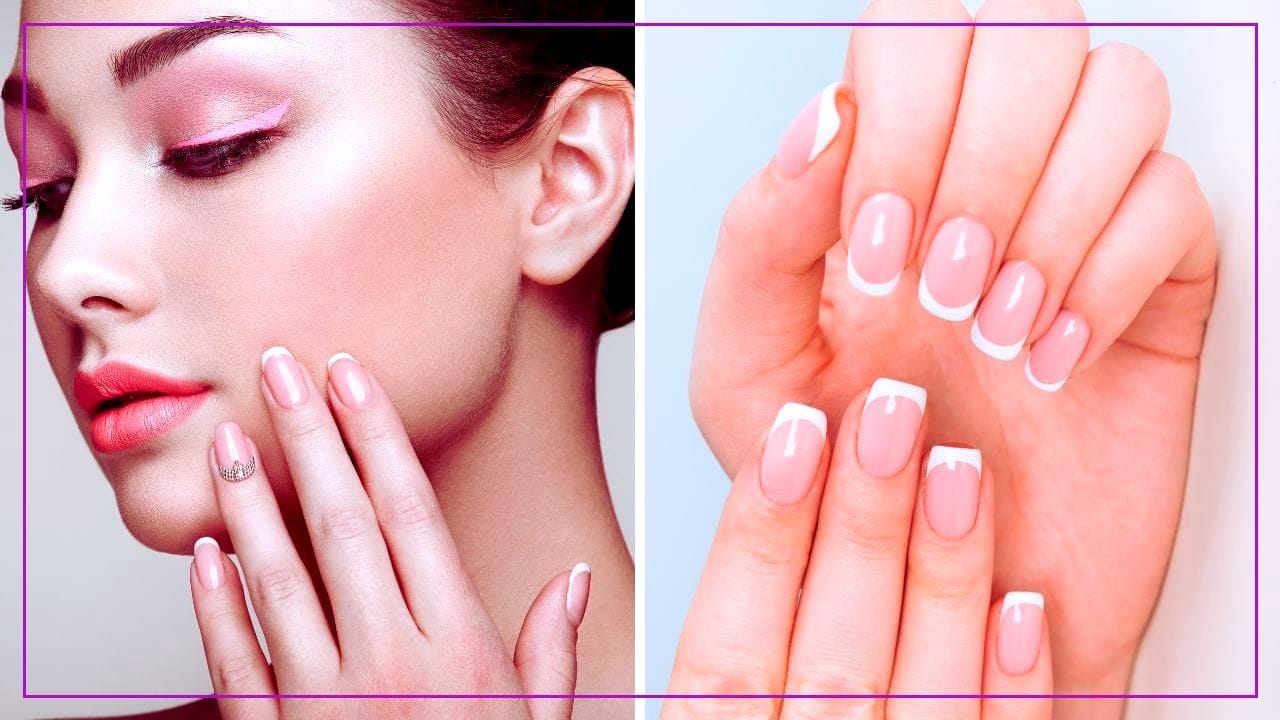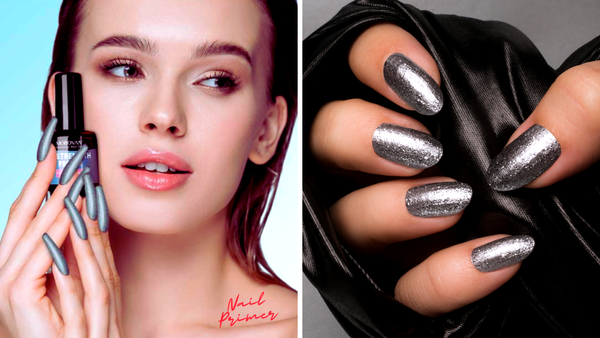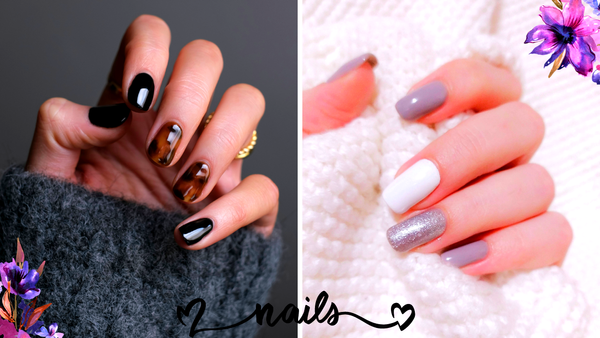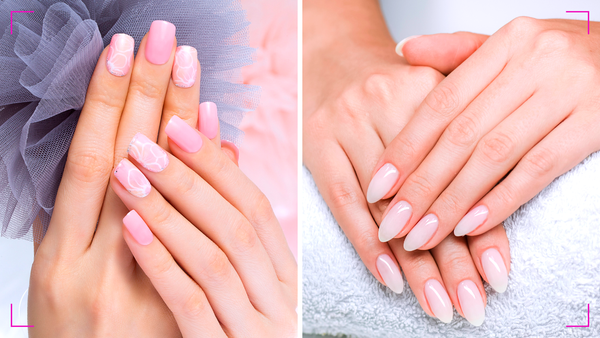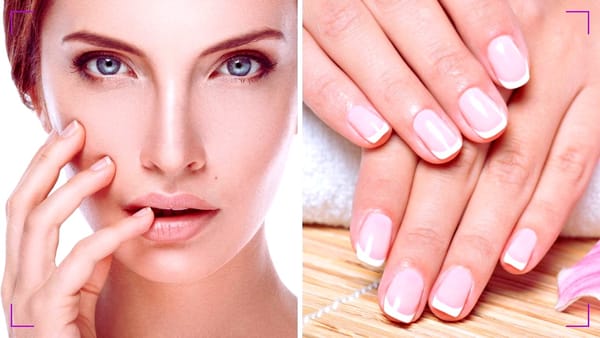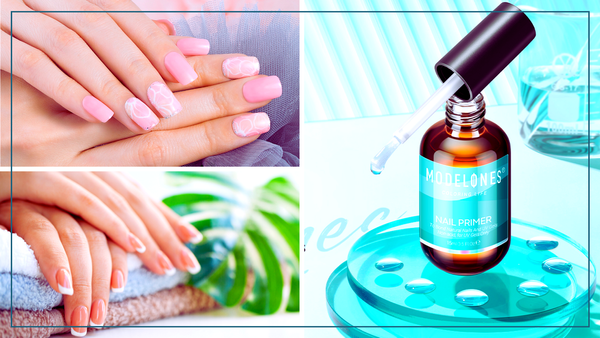Key Takeaways:
- Understanding the role of primers in both art and nail applications of acrylics.
- Insights into the benefits and potential drawbacks of skipping the primer step.
- Practical advice for achieving optimal results with acrylics on various surfaces.
Acrylic applications, whether in art or beauty, often raise the question: is a primer necessary? This comprehensive guide will delve into the importance of primers for acrylic paints and acrylic nails, exploring the science behind their use and offering practical advice for both artists and nail technicians.
The Science of Priming: Why It Matters
When painting with acrylics, a primer, often called gesso, is a preparatory coating that ensures the paint adheres properly to the canvas. Without a primed surface, acrylic paints may not stick as well, leading to issues with the longevity and appearance of the artwork. Primers create a textured surface that allows the paint to latch on more effectively, reducing the risk of peeling or flaking over time.
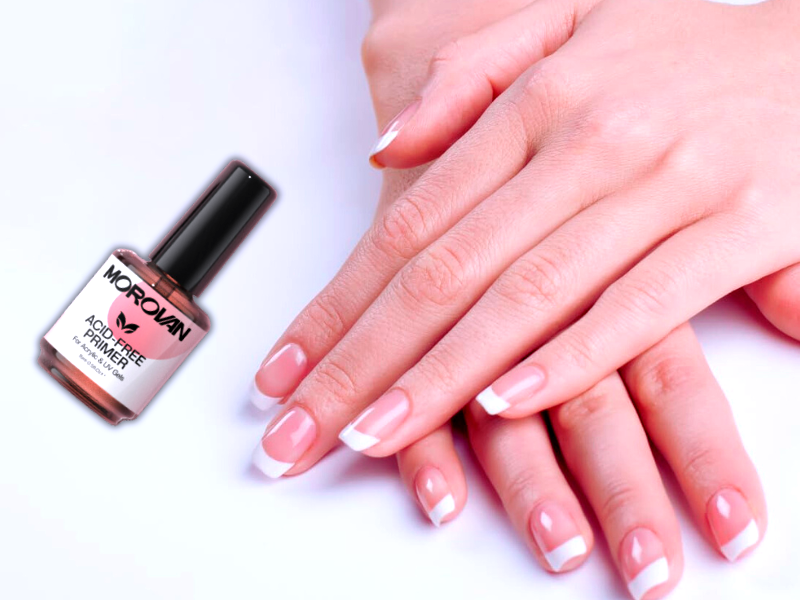
For acrylic nails, a nail primer is used to prep the natural nail, ensuring better adhesion of the acrylic nail enhancement. Primers chemically etch the surface of the nail plate, removing oils and creating a stronger bond between the natural nail and the acrylic. This step is crucial for preventing lifting and extending the life of the acrylic nails.
Acrylic Nails and the Need for Nail Primers
In nail beauty, whether to prime or not is less debatable. Nail primers are essential for acrylic nails to adhere properly to the natural nail. Skipping this step can lead to lifting, which not only looks unprofessional but can also cause damage to the natural nail bed. There are different nail primers, such as acid primers and non-acid primers, each with its own set of benefits and considerations.
Acid primers provide a stronger bond due to their ability to etch the nail plate more aggressively. However, they can be harsher on the skin and cause nail yellowing over time. Non-acid primers, or acid-free primers, offer a gentler approach and are suitable for clients with sensitive skin or those looking for a less aggressive prep method.
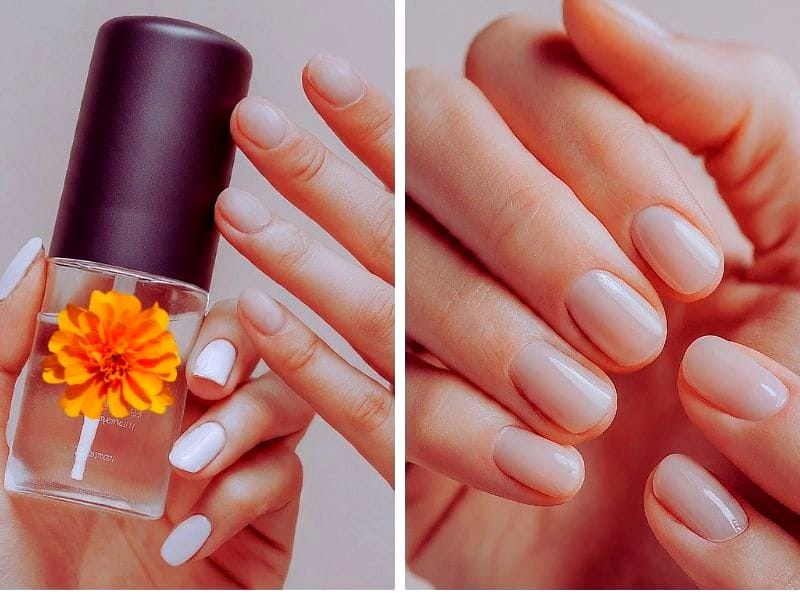
Primer and Acrylic Nails: Can You Go Without?
While some may wonder if they can get away with applying acrylics without a nail primer, the consensus among professionals is clear: priming is a must. The nail plate needs to be properly prepped to ensure that the acrylic nails will last. Without a primer, the risk of lifting increases, leading to moisture getting trapped under the acrylic and potentially causing infections or other nail issues.
Furthermore, regular nail polish is not a substitute for a nail primer. Nail polish is designed to adhere to the nail temporarily and can be easily removed. In contrast, a nail primer creates a permanent bond that is necessary for the longevity of acrylic nails. Skipping the primer step can compromise the quality and durability of the nail enhancement.
Choosing the Right Primer for Your Acrylic Project
Whether you're an artist or a nail technician, selecting the right primer for your acrylic project is crucial. For painters, the choice may come down to the type of surface you're working with. Gesso is a versatile option used on canvas, wood, and even metal. It can be thinned with water or applied in thicker coats, depending on the desired texture and absorbency.
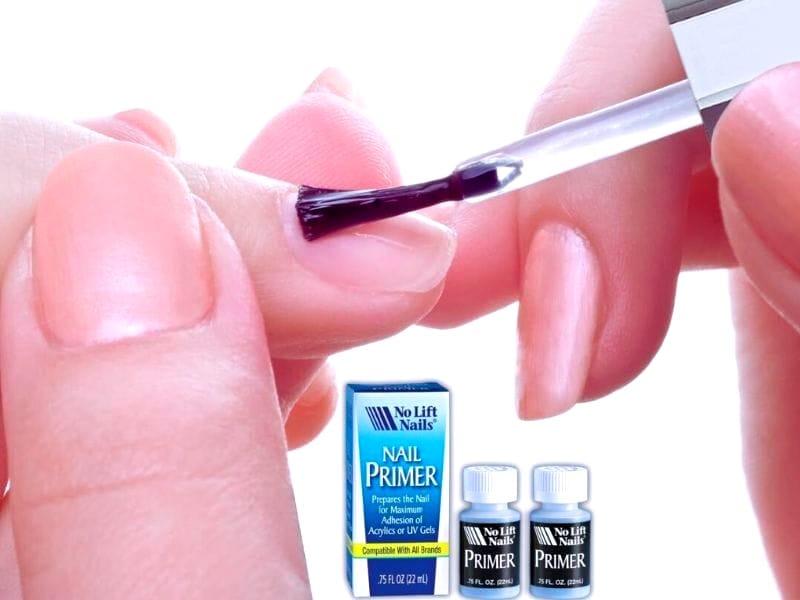
Nail technicians have a choice between acid and non-acid primers. The decision should be based on the client's nail health, sensitivity, and the desired longevity of the acrylic nails. It's important to use a product that is compatible with the acrylic system being used to ensure the best adhesion and to prevent any adverse reactions.
Summary
Priming is a fundamental step in both acrylic painting and acrylic nail applications. It ensures better adhesion, longevity, and overall quality of the finished product. While some artists may choose to forgo priming for specific effects or textures, it is generally advisable to use a primer to create a stable and uniform surface for acrylic paints. In the nail industry, priming is non-negotiable for professional, long-lasting acrylic nail enhancements. By understanding the role and importance of primers, both artists and nail technicians can achieve optimal results in their work.
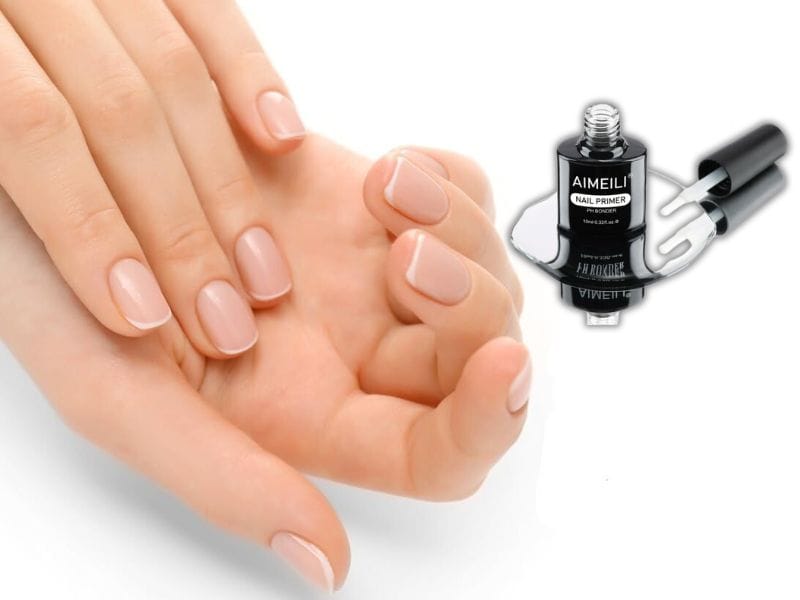
FAQ Section
Can I use regular nail polish as a primer for acrylic nails?
No, regular nail polish is not a suitable substitute for a nail primer. Nail polish is designed for temporary adhesion and easy removal, whereas a nail primer creates a permanent bond necessary for the durability of acrylic nails.
Is it ever okay to paint with acrylics on an unprimed canvas?
While it's possible to paint with acrylics on an unprimed canvas, it's not generally recommended. The paint may not adhere properly, and the colors could appear muted due to the canvas absorbing the oils from the paint. Priming provides a better foundation for the paint to stick and the colors to remain vibrant.
What's the difference between acid and non-acid primers for acrylic nails?
Acid primers create a stronger bond by etching the nail plate more aggressively, but they can be harsh on the skin and may cause yellowing of the nails over time. Non-acid primers are gentler and suitable for clients with sensitive skin or those who prefer a less aggressive prep method. Both types are effective, but the choice depends on the client's needs and nail health.
